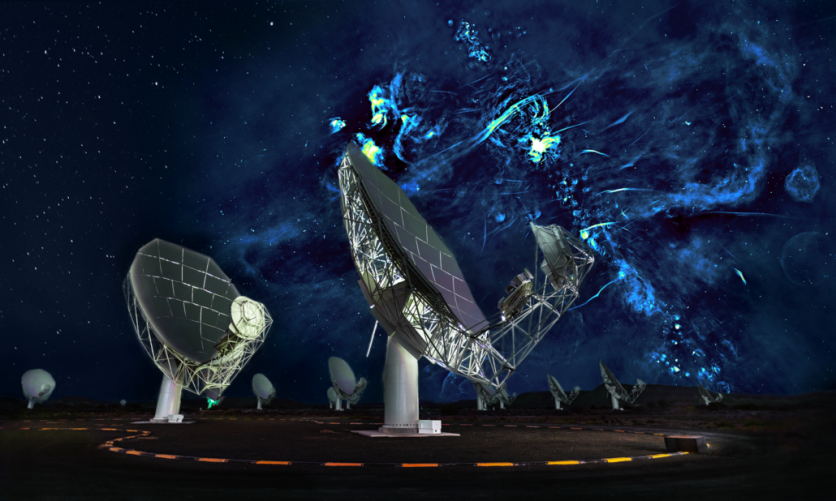A neutron star manifested among researchers, and it is one that is bizarre for it brings a faint signal that is slow compared to other space objects that are of the same category. It is significantly slower than other neutron stars that astronomers discovered before, and its pulse is one noticeable thing in a "space graveyard" where researchers do not expect any sign of activity.
Neutron Star Reveals Itself in a 'Galactic Graveyard' Says Researchers

Neutron stars are supposed to be fast, but this discovery by researchers from the University of Sydney saw one which is significantly slow compared to its space cousins.
A research published in Nature's journal entitled "Discovery of a radio-emitting neutron star with an ultra-long spin period of 76 s" investigated the space object and shared their discoveries for the public to see.
It is in a region where there are no signs of celestial life, from stars to planets or other space objects. The "Galactic graveyard" is supposedly a void where nothing is happening. Still, the neutron star brought its pulsation, a slow and almost unnoticeable one, that gave off a faint radio signal researchers used to identify the star.
Its complete rotation takes 76 seconds to complete, and it is a neutron star that emits a radio signal, a case different from others.
MeerKAT Radio Telescope: This Neutron Star is Slow
The MeerTRAP team made the discovery using the MeerKAT Radio Telescope from the South Africa Radio Astronomy Observatory (SARAO) that correctly identified the faint signal as one from the neutron star.
Its slow rotation is what causes the space object to remain unnoticeable or undetectable by modern apparatus, avoiding detection, mainly as it resides in a place that researchers consider barren.
Neutron Star Discoveries
One of the characteristics of a neutron star is its speed, making it one noticeable and an unnoticeable space object that lies in the paradox of its appearance to the world. There was one bizarre fast radio burst that researchers were able to spot before, and it triggered alarms after it resurfaced after 30,000 years ago, since it disappeared.
The quick and brilliant neutron star is something that astronomers may miss or fail to see when looking for it in the vast space filled with other celestial bodies that may radiate better light and appearance. An ultra-rare neutron star manifested its light to scientists using the NICER apparatus that focus on soft X-ray timing technology.
Nevertheless, neutron star discoveries are significant in the research about space, as it proves to be a different kind of space object that is not one's average light orb that appears in the dark skies. The MeerKAT's radio telescope proves to be a massive help for the discovery, especially as this one is a peculiar neutron star.
Related Article : MIT Astronomers Discover a 'Multi-Planet' System, With 2 Earths Existing-Based on TESS Data
This article is owned by TechTimes
Written by Isaiah Richard
ⓒ 2025 TECHTIMES.com All rights reserved. Do not reproduce without permission.




